Description
The SeaI/O-570S, designed using the Linear Technology LTC1867 A/D chip, provides eight single-ended 16-bit analog inputs, eight optically isolated inputs, and eight Form C relay outputs.
The A/D inputs are independently software-selectable for +/- 5V or +/- 15V ranges and feature high input impedance, allowing easy connection to a variety of sensors. The A/D inputs support floating/non-referenced or ground-referenced selections. This makes the A/D inputs ideal for measuring floating signal sources such as outputs of transformers, thermistors, and battery-powered devices. Additionally, the A/D inputs can operate in bipolar or unipolar modes, and a dipswitch enables a bias voltage of +5 through a 10K resistor for thermistor input mode.
The SeaI/O-570S module features eight optically isolated inputs rated for 5-30VDC and provides 3500 VDC external isolation, while the Form C relays are configurable as normally-open or normally-closed and can switch DC loads up to 24W. Perfect for a variety of data acquisition/control and test & measurement applications, the SeaI/O-570S includes removable terminal blocks, which simplify field-wiring connections.
The SeaI/O-570S is powered from your 9-30VDC source, or select from a variety of Sealevel power supply options. The modules operate over a wide operating temperature range of -20°C to 70°C and extended temperature range is optional.
Communicate with the SeaI/O-570S using the Sealevel SeaMAX API software libraries or use any Modbus RTU compliant device. Sealevel’s SeaMAX software drivers and utilities make installation and operation easy using Microsoft Windows and Linux operating systems.
Expand your I/O network with SeaI/O N-series products. SeaI/O modules are available with Reed and Form C relays, optically isolated inputs, TTL interfaces, A/D and D/A functionality. Up to 246 additional expansion modules can be added using convenient pass-through connectors.
Get a jump start on your digital I/O development with The Digital I/O Handbook that will provide helpful information that you will use again and again. Check out Chapter 1 for an overview of logic principles.
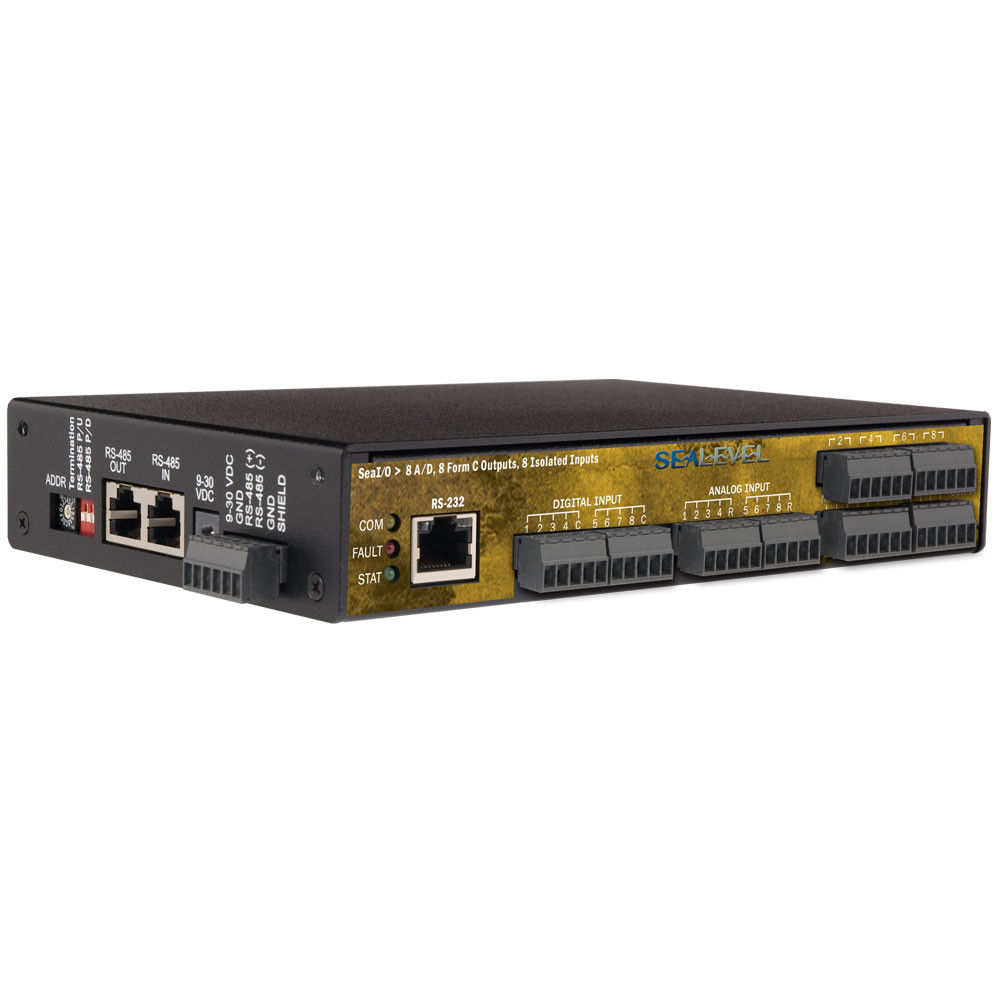


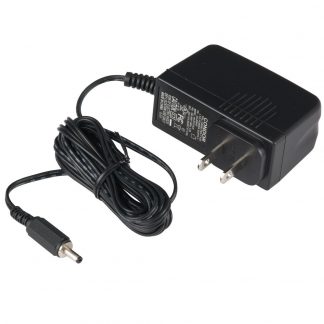
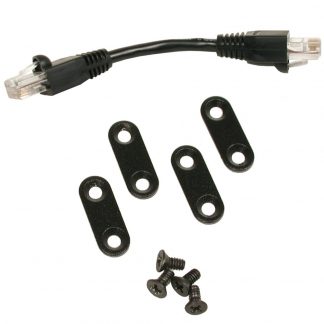
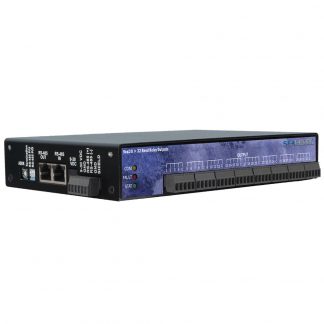
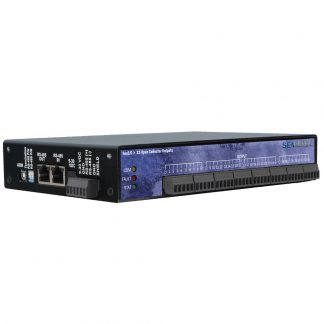
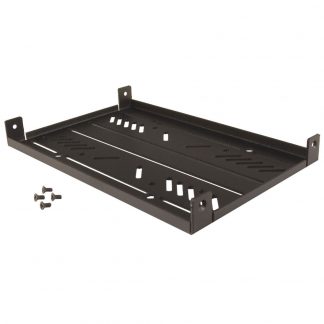
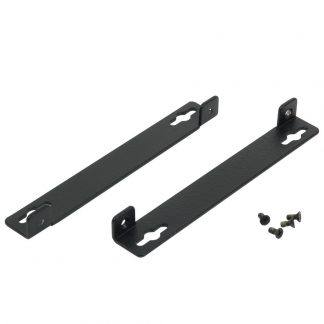
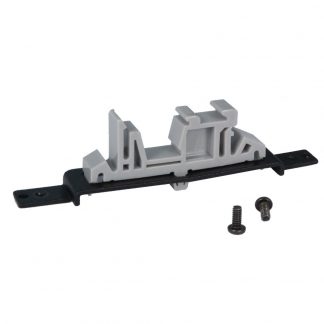
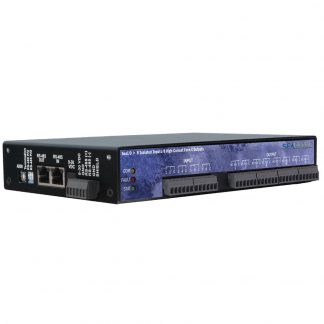
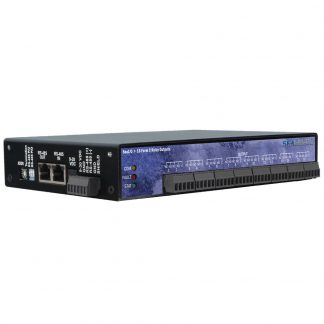
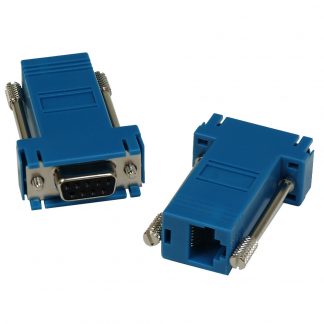
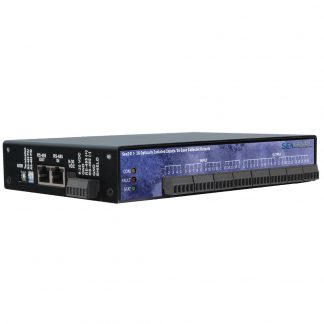
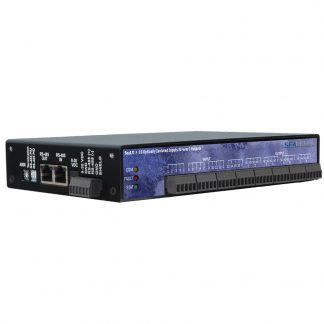
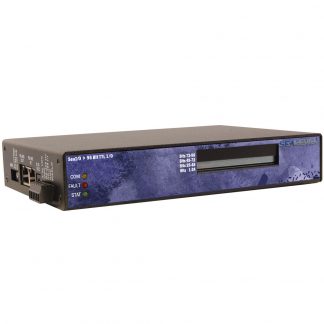

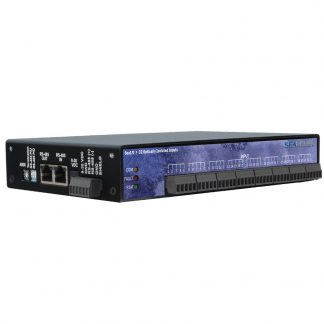
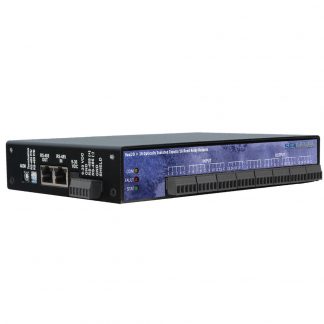
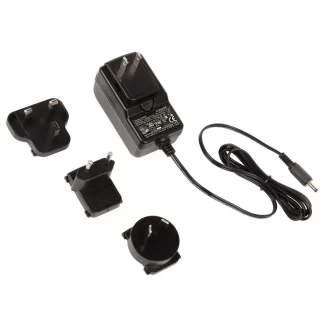

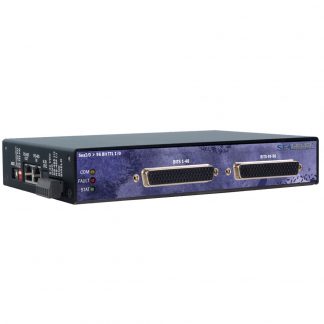
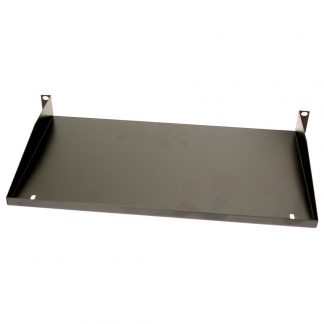
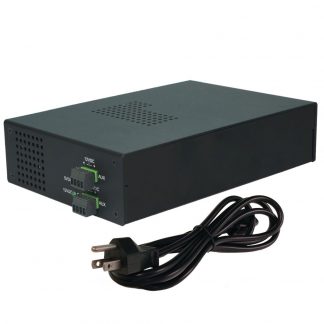
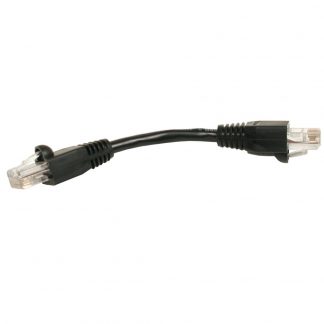
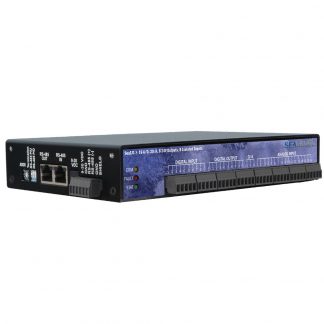
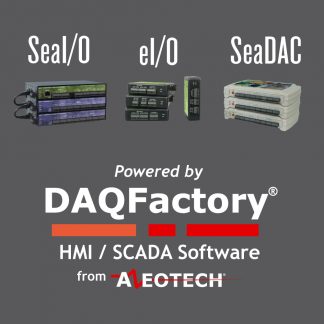
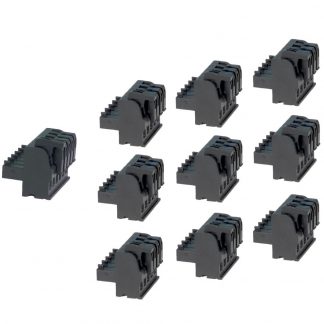
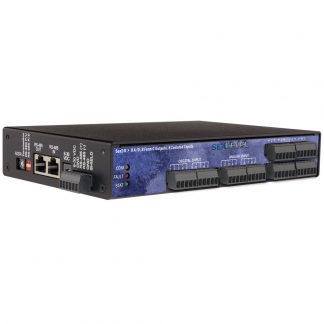
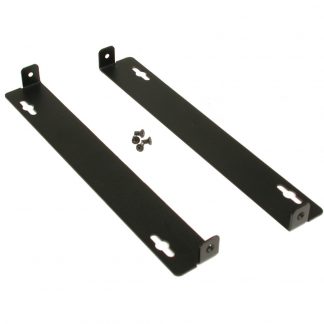
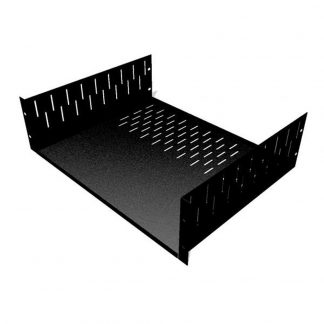
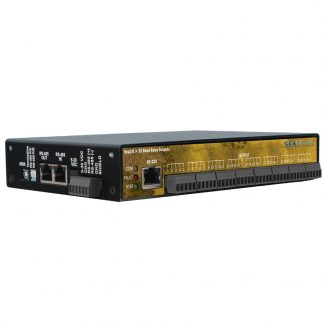
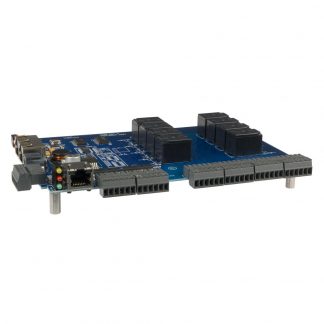
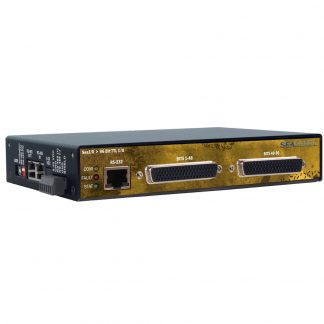
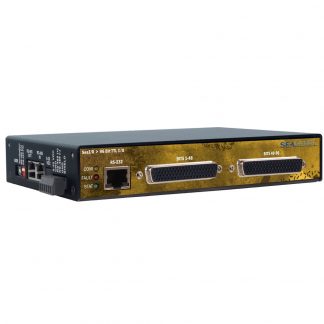
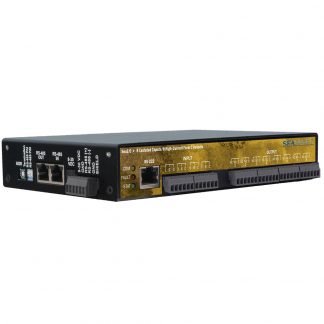
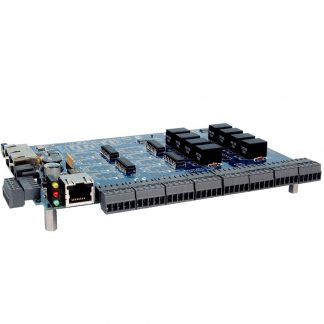
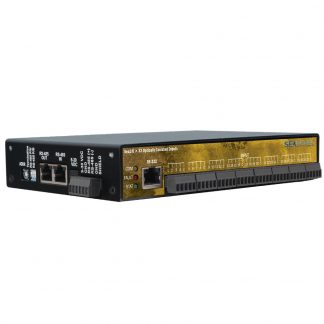
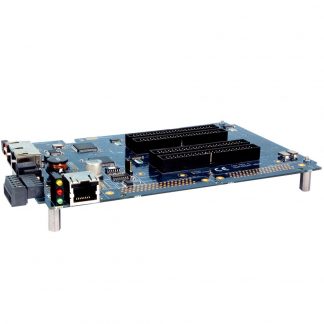
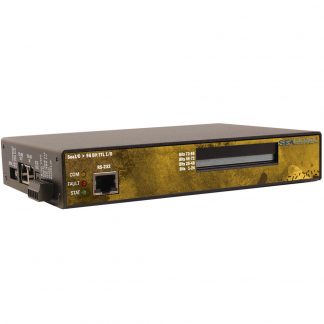
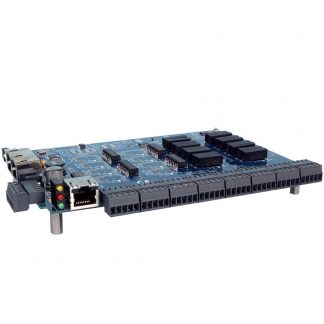
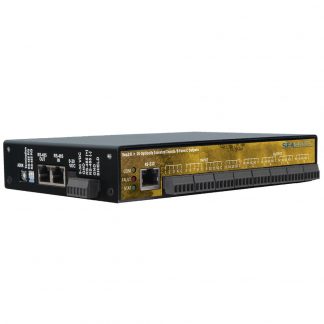
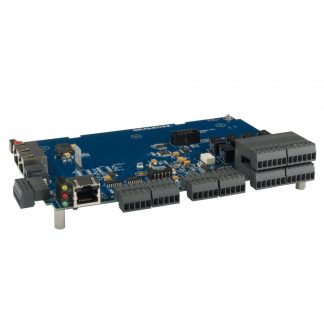
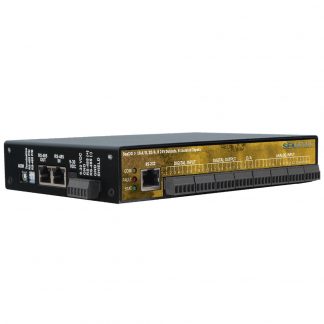
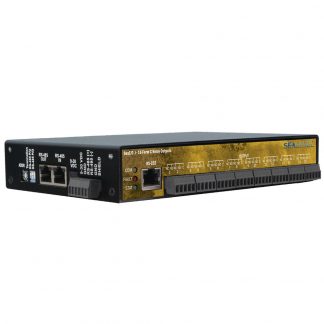
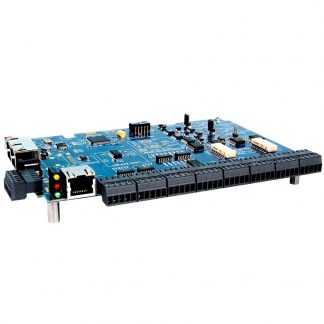
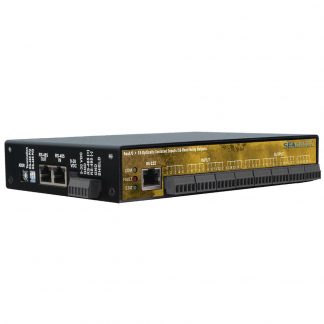
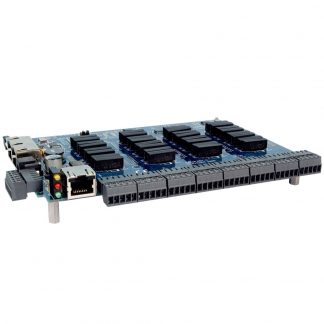
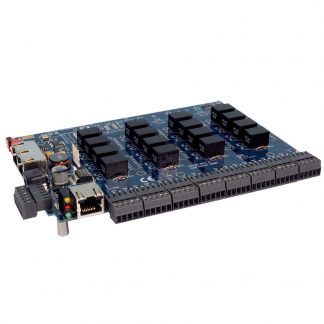
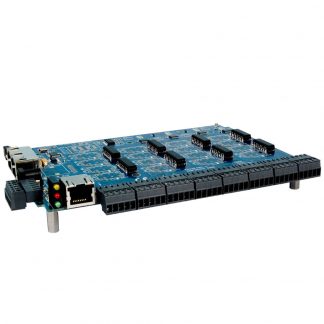
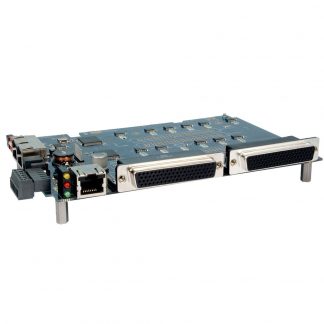
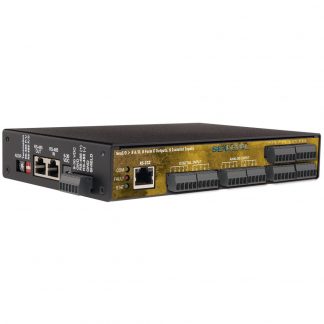
Reviews
There are no reviews yet.